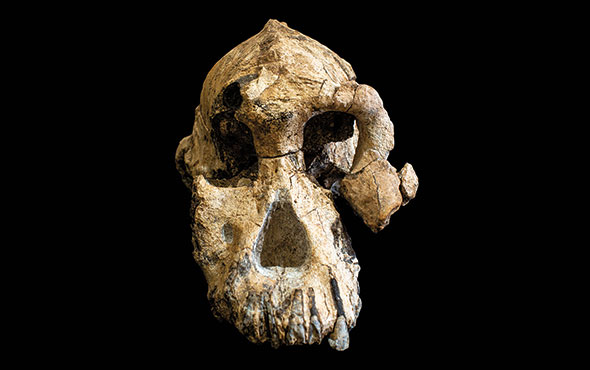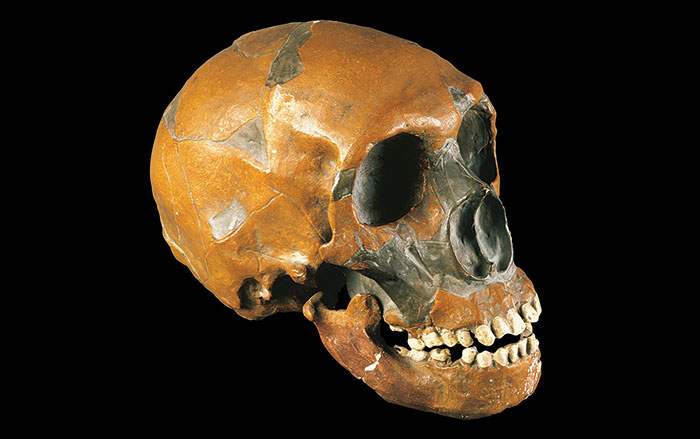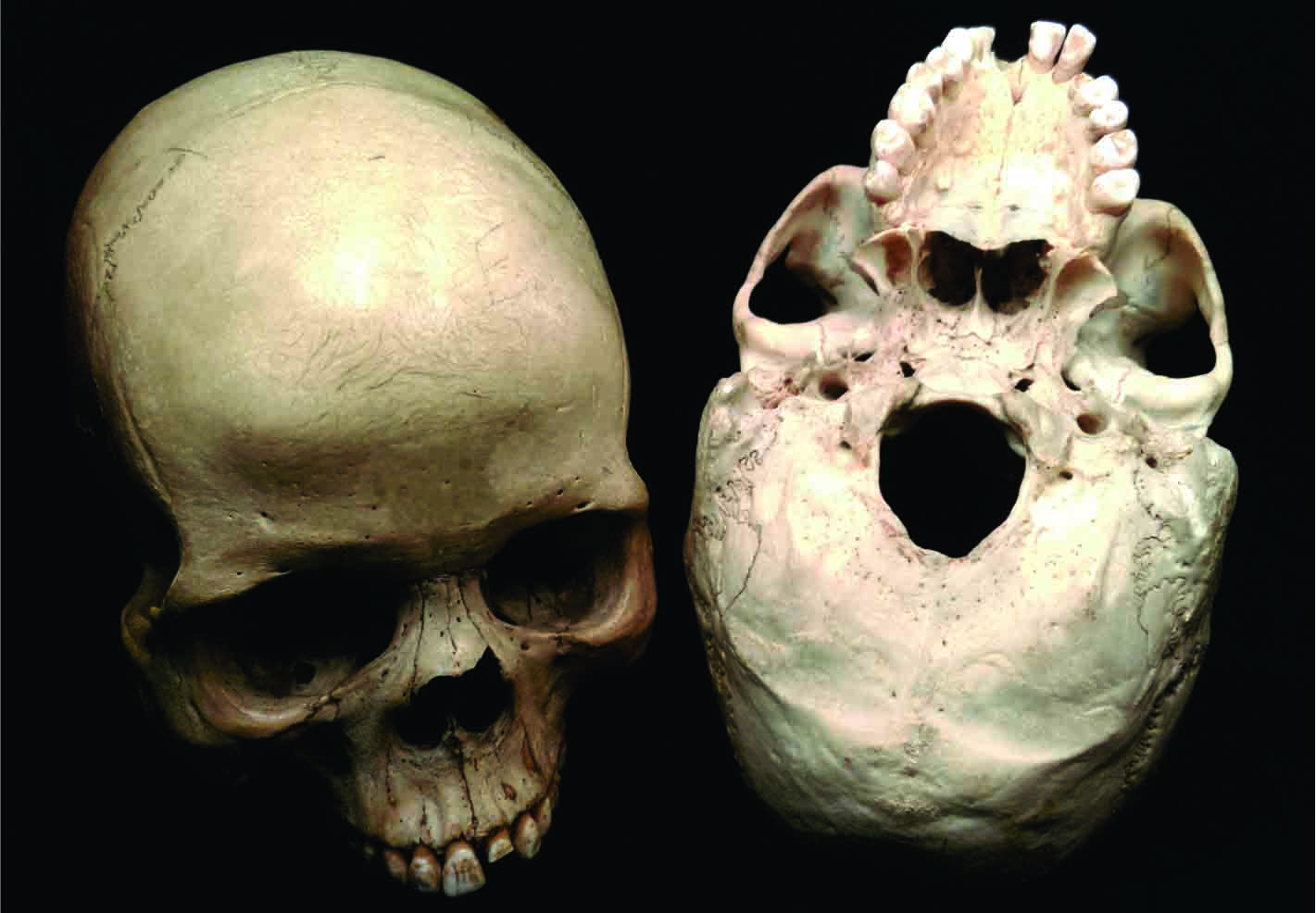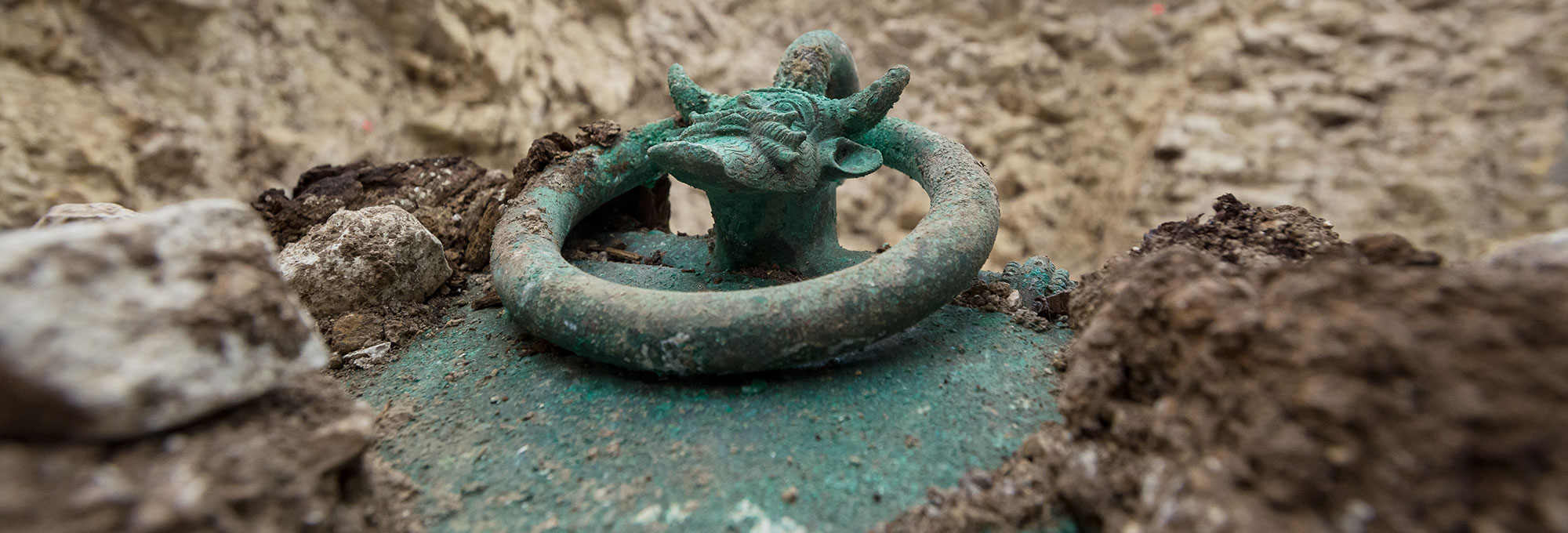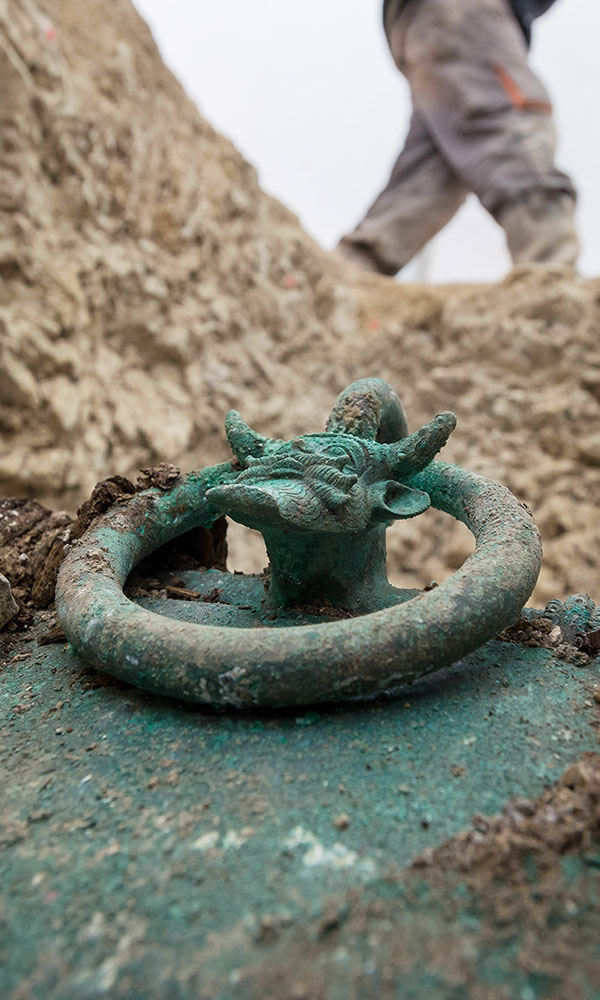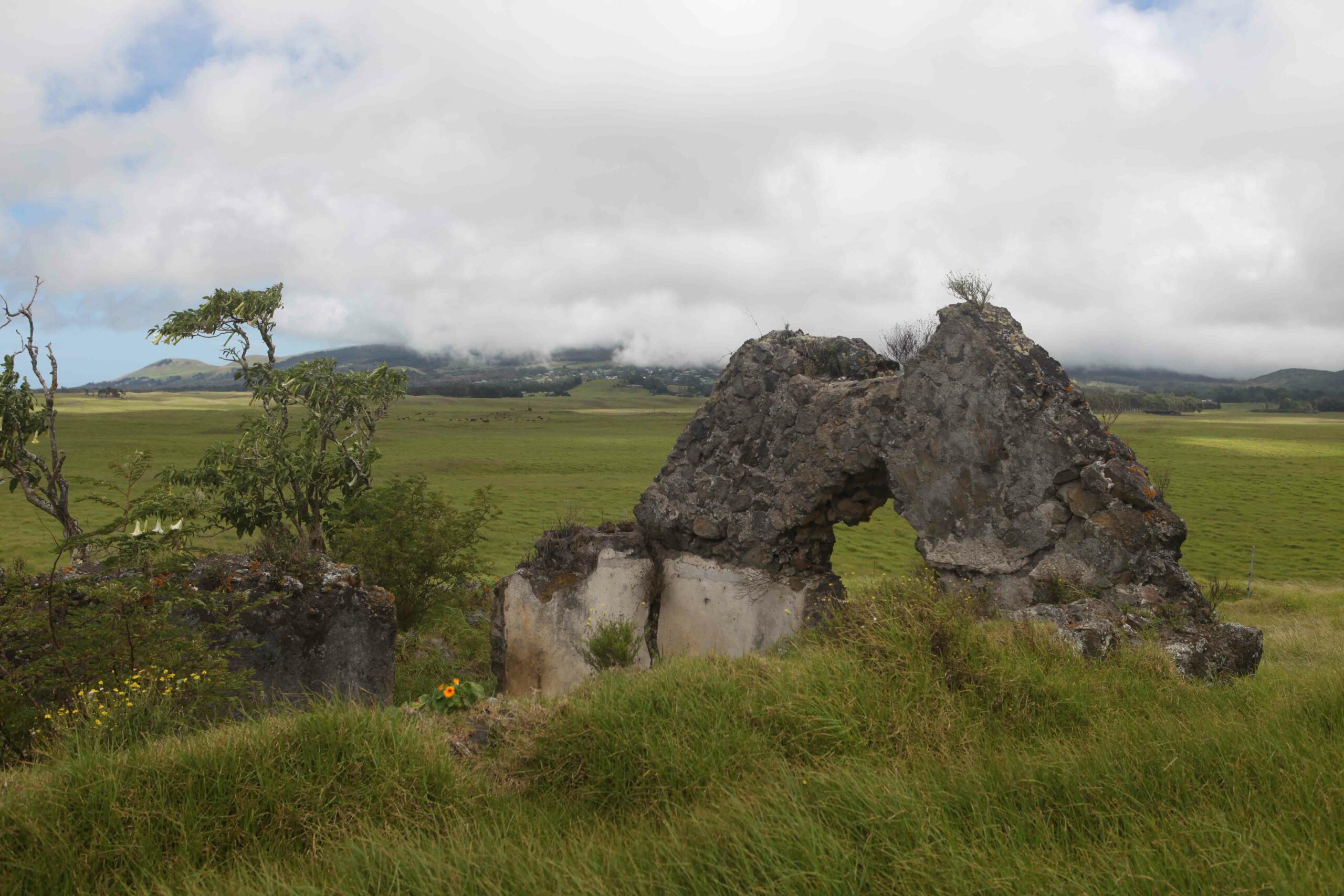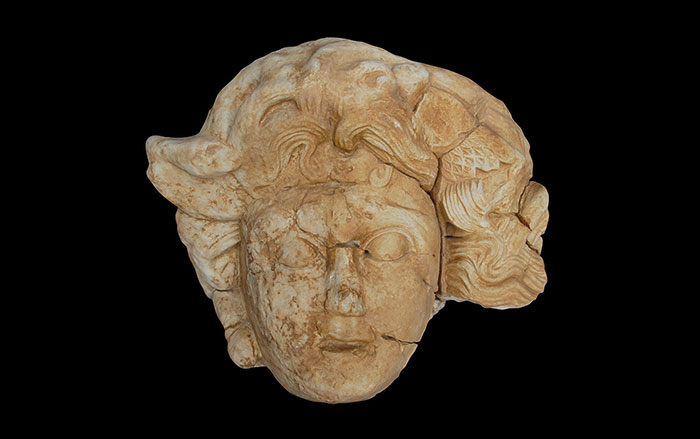
CLAYTON, AUSTRALIA—Biologist Alistair Evans of Monash University says that the teeth of humans and fossil hominins follow the rule of “the inhibitory cascade,” which predicts how the size of one tooth affects the size of the tooth next to it. He and an international team of scientists used a database of fossil hominins and modern humans, and high-resolution 3-D imaging, to study the evolution of molars. “Our new study shows that the pattern is a lot simpler than we first thought—human evolution was much more limited,” he said in a press release. And, Evans and the team found that although the genus Homo and the australopiths both follow the inhibitory cascade, “there seems to be a key difference between the two groups of hominins—perhaps one of the things that defines our genus, Homo,” he said. “What’s really exciting is that we can then use this inhibitory cascade rule to help us predict the size of missing fossil teeth. Sometimes we find only a few teeth in a fossil. With our new insight, we can reliably estimate how big the missing teeth were. The early hominin Ardipithecus is a good example—the second milk molar has never been found, but we can now predict how big it was.” To read about the earliest known evidence of dental work, go to "Paleo-Dentistry."


